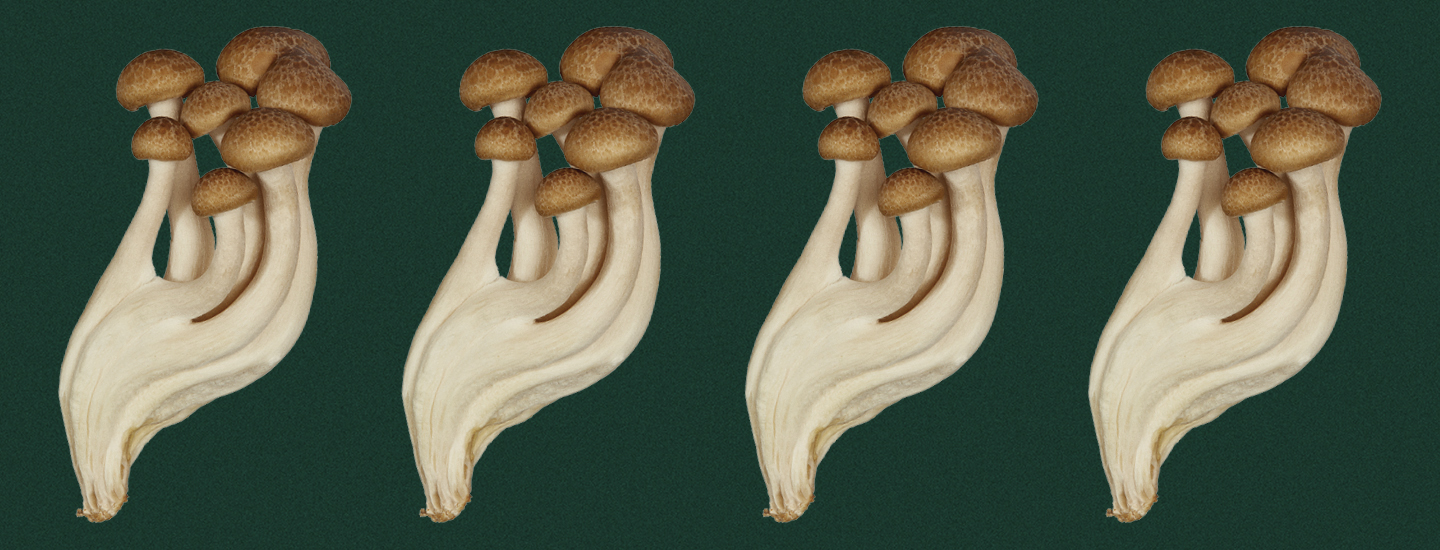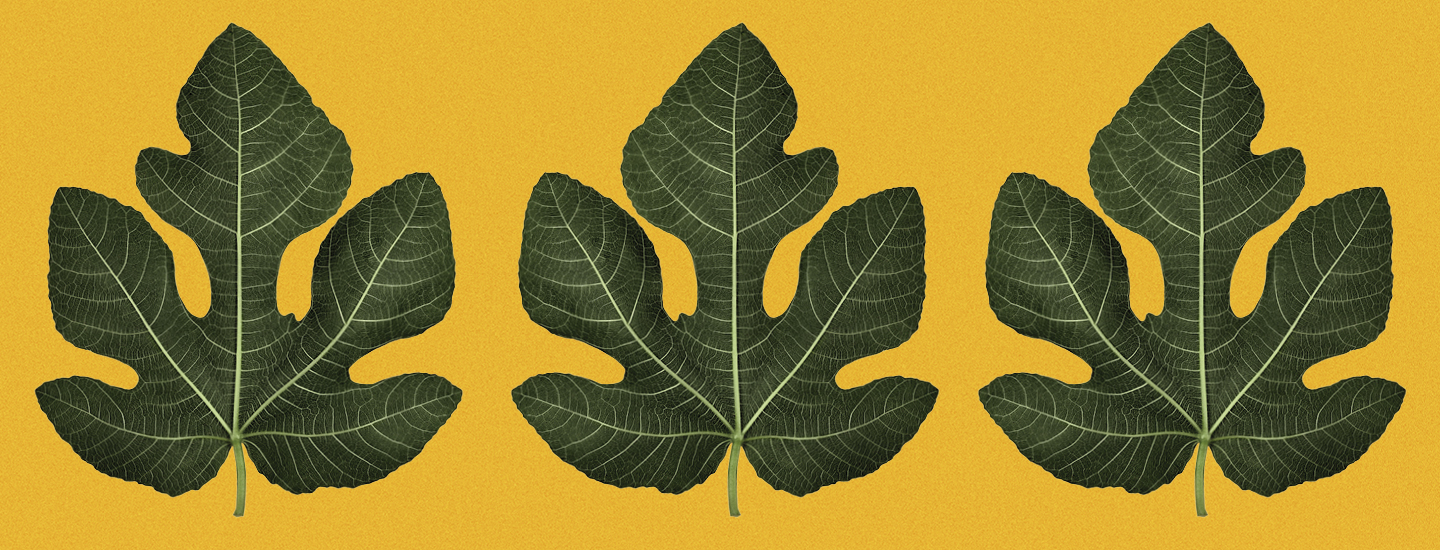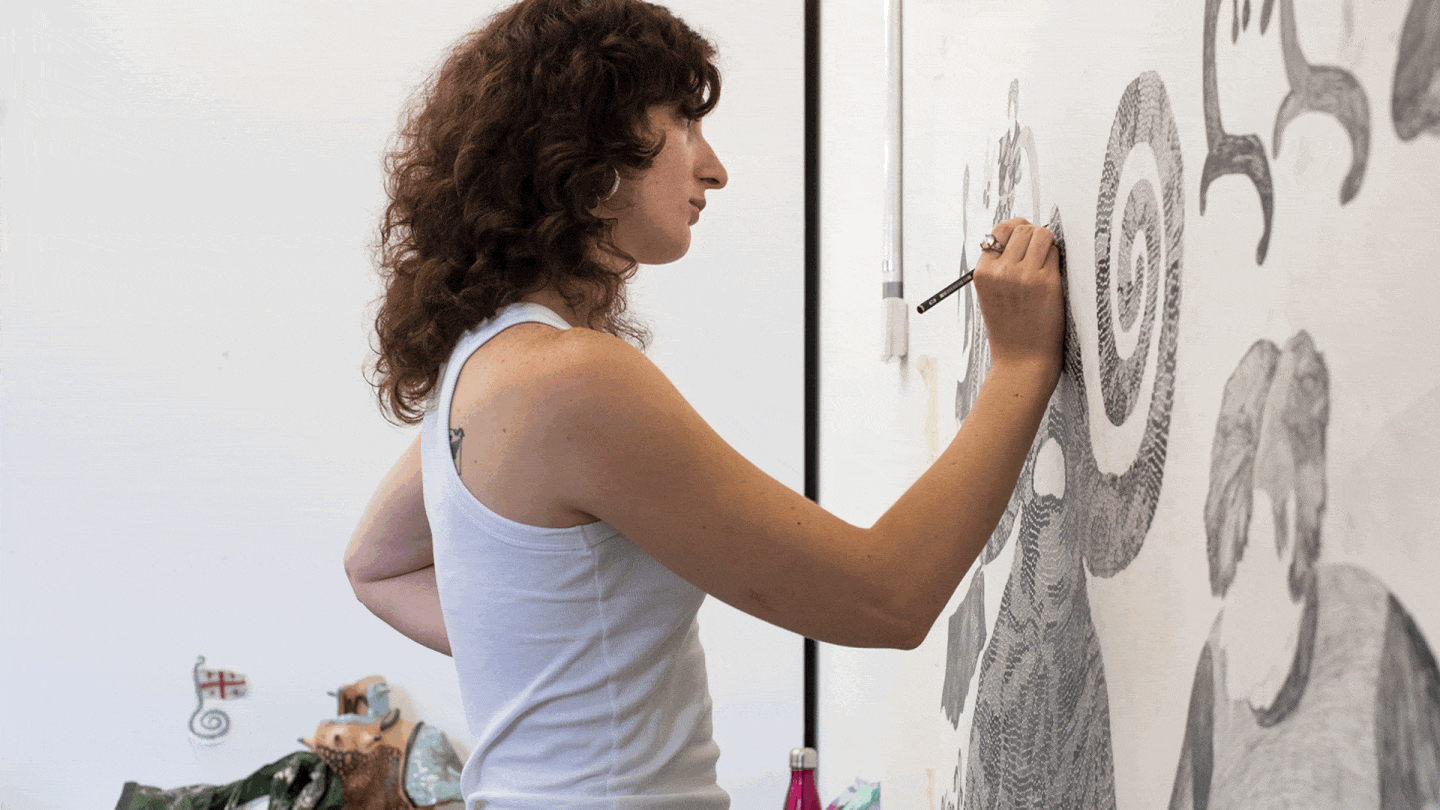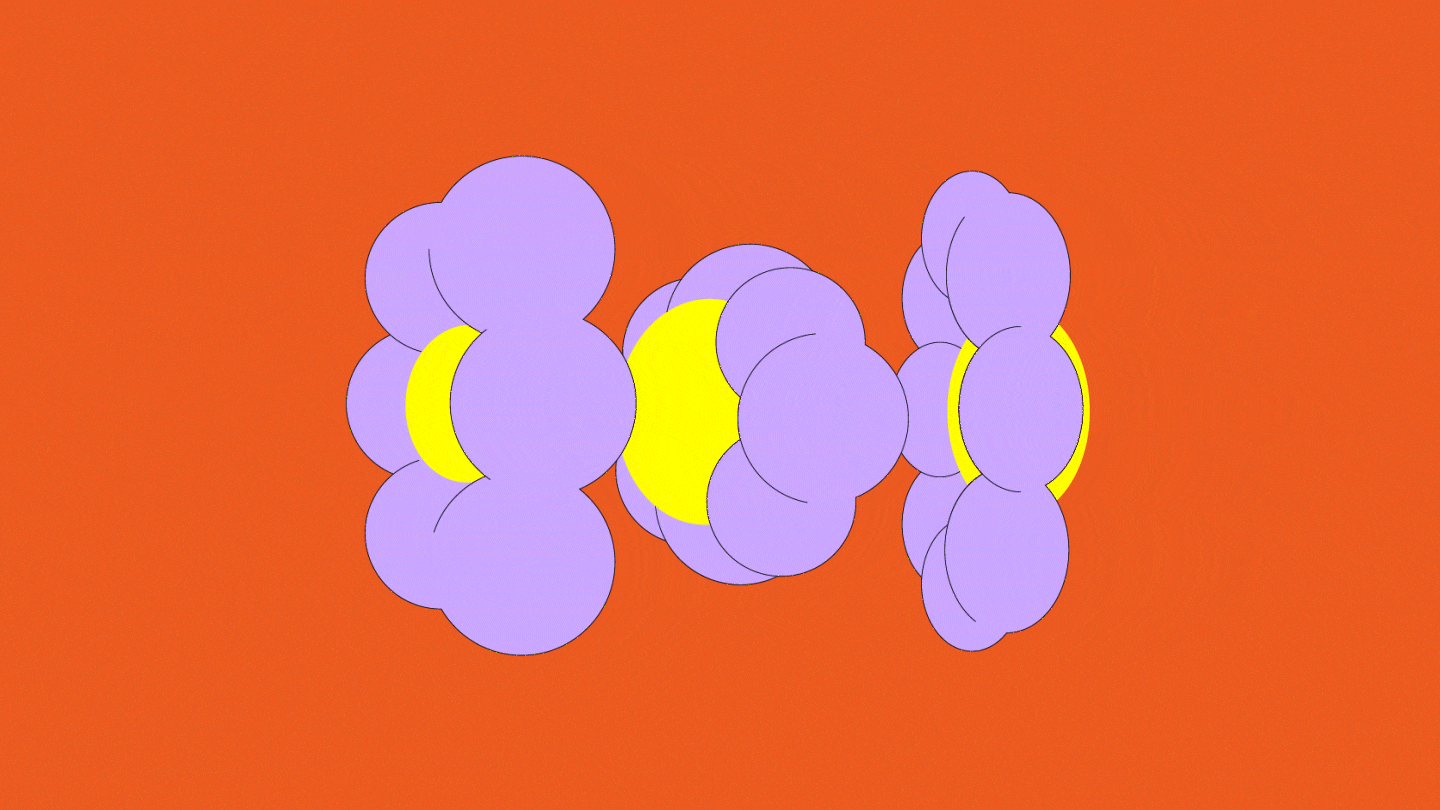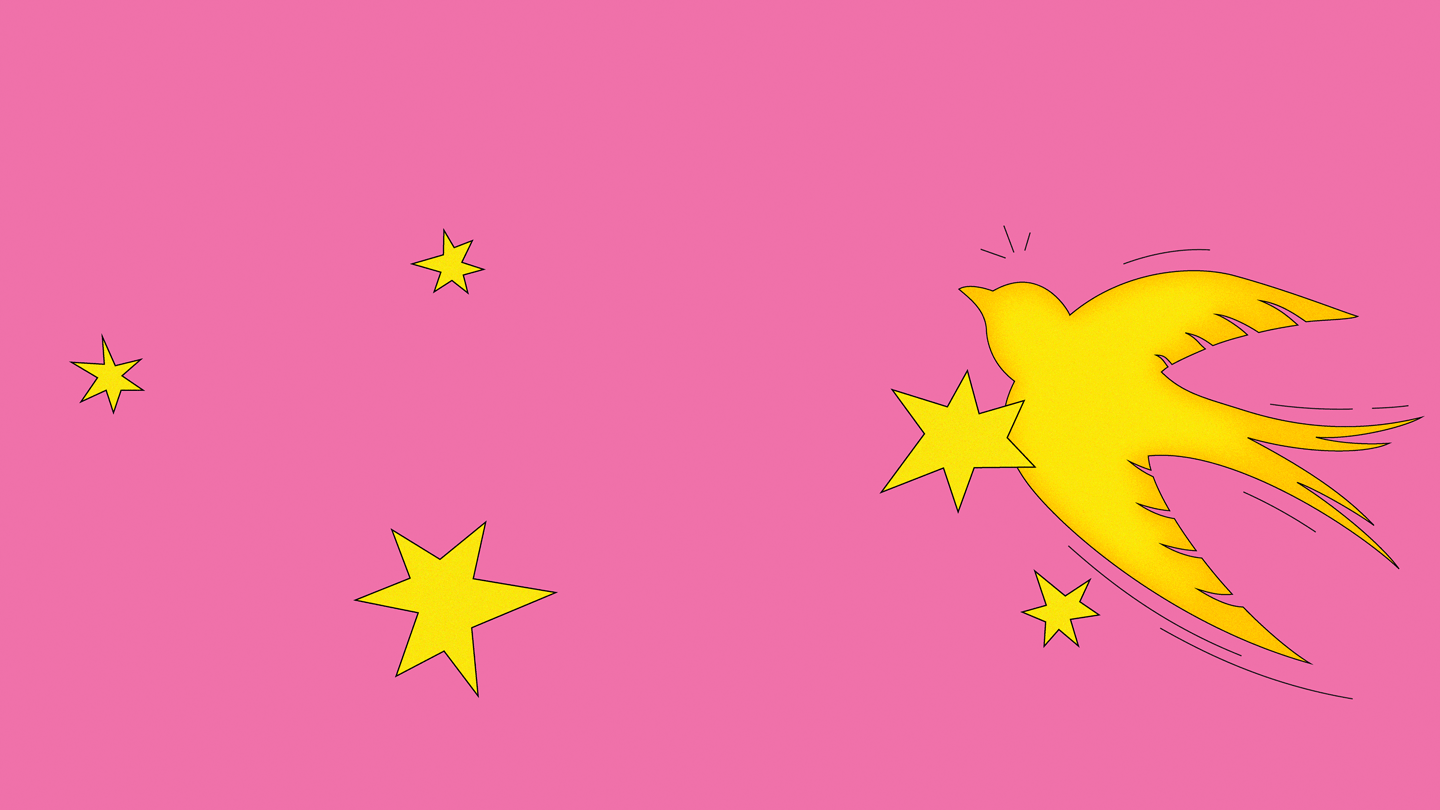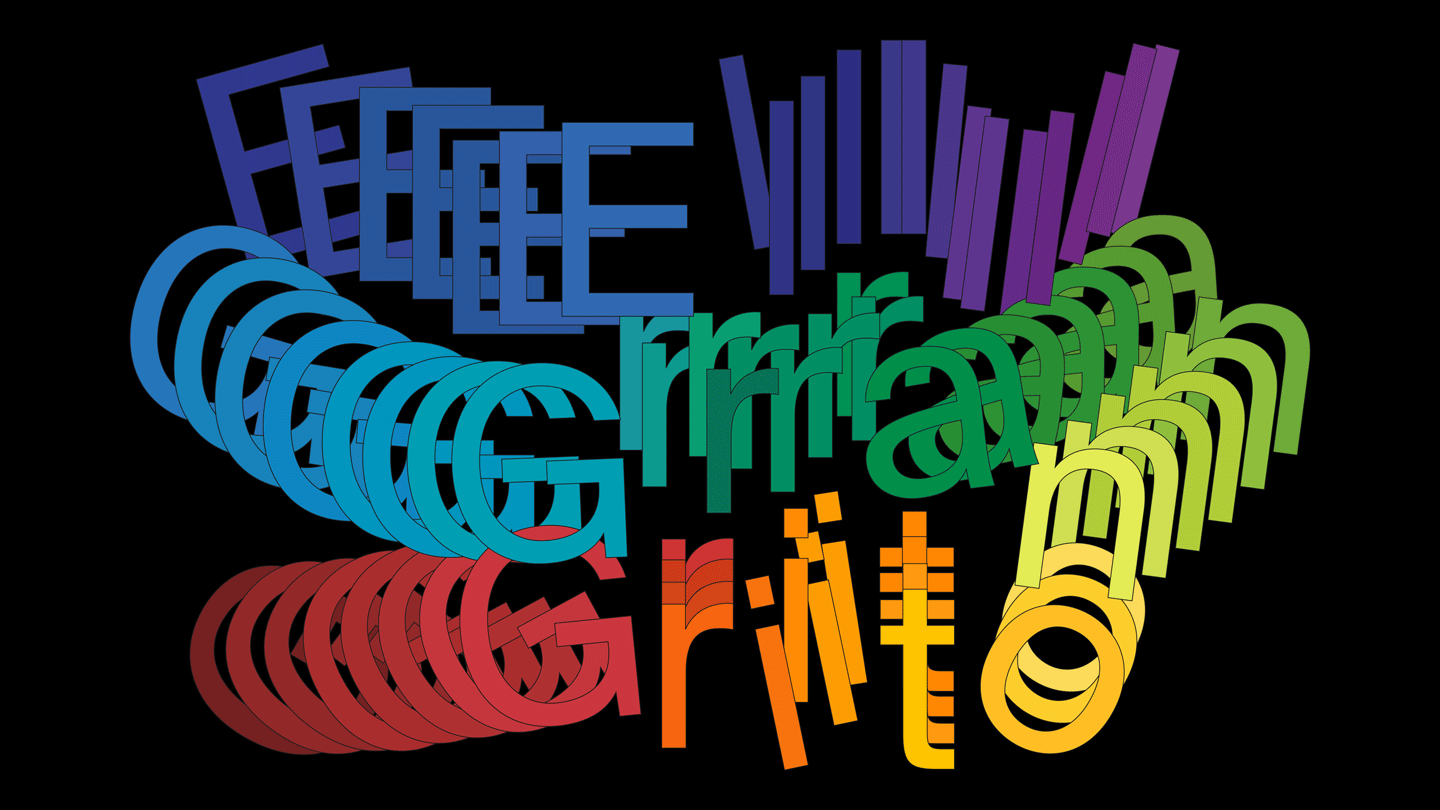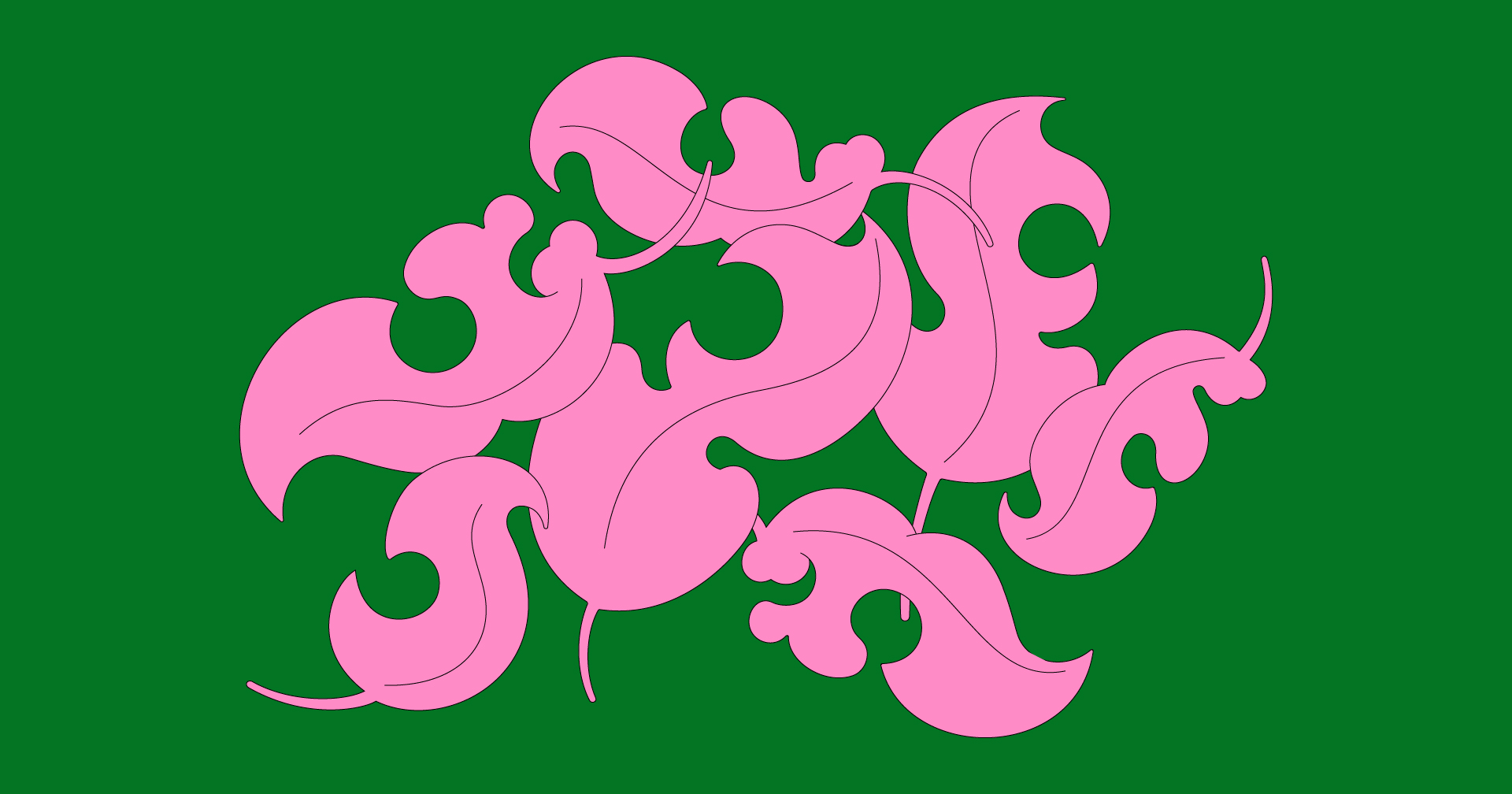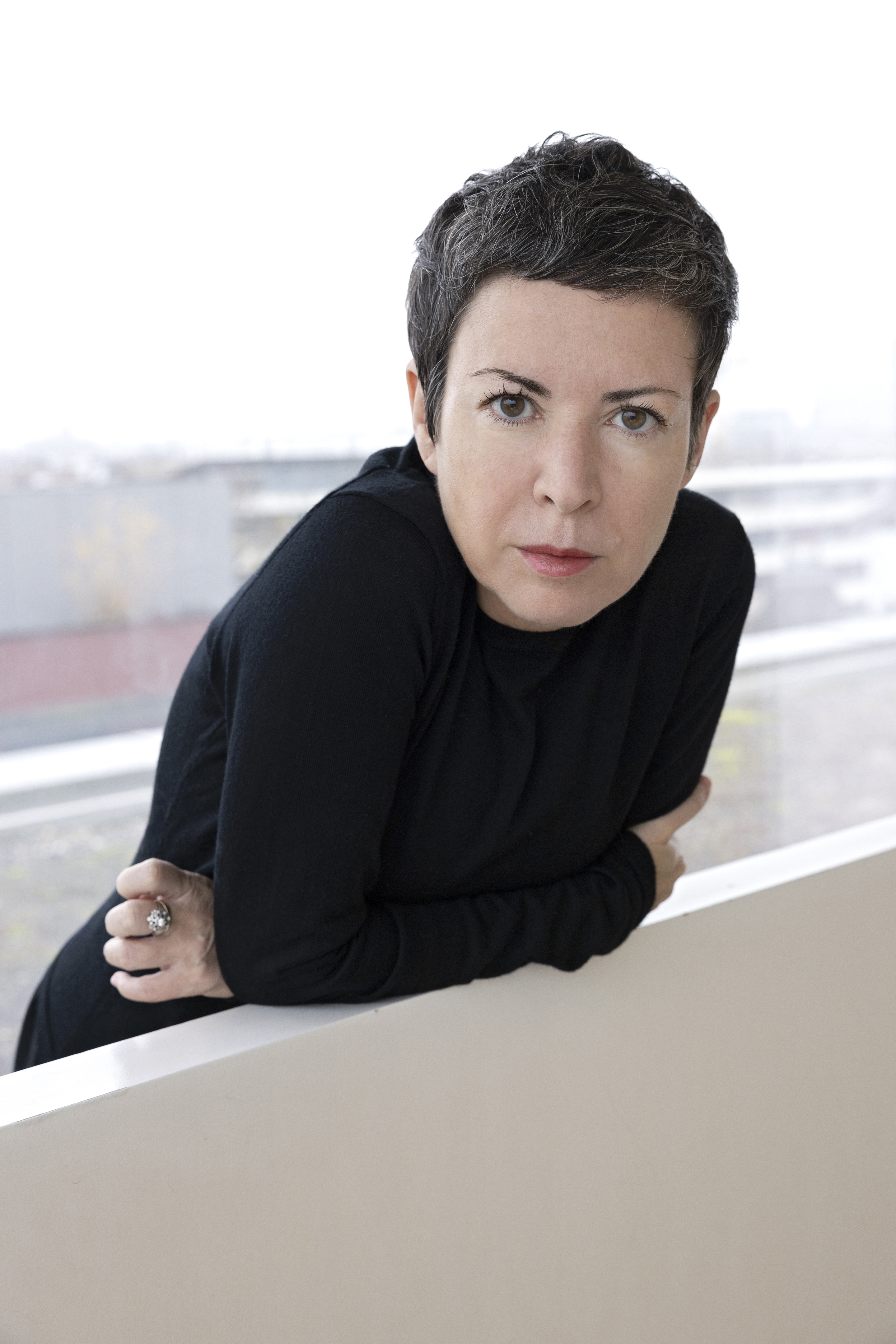Graduation Exhibition Bachelor and Master Art Institute HGK FHNW in Basel
August 23–30, 2020
Helsinki-Strasse 5
4142 Münchenstein Basel
Switzerland
Pável Aguilar, Mitchell Anderson, Ana Andra, Vela Arbutina, Hamza Badran, Laura Bolliger, Stefan Brucherseifer, Jonas Brugger, carolina brunelli, Céline Maria Brunko, Patricia Bucher, Anna Zoe Bühler, Elias Carella, Elise Corpataux, Nadine Cueni, Sofía Durrieu, Marc Jonas Eichenberger, Georg Faulhaber, Sven Friedli, Georg Gatsas, Jérémy Gigandet, Samuel Grand, Gregory Hari, Martina Henzi, Manuel Justo, Katharina Kemmerling, Ronja Kübler, Laura Küng, Josefina Leon Ausejo, Lisa Maria Lurati, Sarah Malomo, Matilde Martins, Anita Mucolli, Anina Müller, Désirée Nüesch, Sina Oberhänsli, Antonie Oberson, Cheyenne Oswald, Lara Paratte, Timo Paris, Mirjam Plattner, Manuel Queiró, Jaana Rau, Nicolás Sarmiento, Alessandro Schiattarella, Simone Steinegger, Kelly Tissot, Dorian-Orlando Weber, Marilola Wili, Andrea Zimmermann
Curated by Nikola Dietrich and Chus Martínez
Curatorial Assistance Marion Ritzmann
Information on the program including a silent opening and finissage with performances (advance registration requested, no places left), daily conversations in the exhibition with Chus Martínez and Ines Goldbach as well as on current visitor restrictions: institut-kunst.ch
This year’s master’s and bachelor’s graduation exhibition of the Art Institute, FHNW Academy of Art and Design in Basel presents newly produced works by 50 artists. It is hosted for the fifth year by Kunsthaus Baselland in Muttenz/Basel.
Life, Love, Justice is the most special exhibition both of us have ever done, and, without doubt, the most longed for. The artists, in the final year of the bachelor’s or master’s program at the Art Institute HGK FHNW in Basel, were deprived of their freedom of movement, just like the rest of us. But they were also deprived of the opportunity to go to their studios and workshops to continue with their practice. As a practice, art is highly dependent on touch, on establishing a continuous and steady relationship to materials, to humans, to life. All of a sudden, a threatening question loomed for all of us: Is art even possible in these circumstances? How will this new status quo affect younger generations of artists? How are we going to stay in touch with each other? With everyone that constitutes the art community? Art and artists have played a crucial role in society by raising their voices and shaping their works towards social and natural justice, equality and values of empathy and care.
All of the works presented in this exhibition were created in special conditions. They emerged out of a radical uncertainty: Was it still possible to think and create in a global state of emergency? The situation forced every artist to reconsider their practice, to search for different ways of making, of imagining their works without being able to produce them. After a moment of despair, the general response was clear: yes, art still makes sense. Art emerged as the source of an experience so different from the one imposed by the pandemic that it was a sort of healing element. Touch became a central subject; art has known of its importance for centuries. But so did solitude, isolation, the imagining of future reunions, hope, the importance of presence, of the works being in the space with all of us … These have been always fundamental issues, but their centrality has been reaffirmed by these difficult circumstances. These months also showed just how committed artists are. Insisting on art is the same as insisting on the importance of all of us forming a community around experience. Making art has shown us the relevance of the production of a public sphere, the production of an event where we see art but we see ourselves, too, as a group, as a society. When viewing the works these artists have produced, it is important to bear in mind the fundamental role these objects play and the love that artists spread in the world.
Hannah Arendt asked: “Love of the world — why is it so difficult to love the world?” (Denktagebuch. 1950–1973, 2002). The question is as pertinent as it is difficult to give a positive answer. This is why art exists, to embody this love of the world. This love in the title of the exhibition is not love in any sense we are commonly used to. This love is the gesture and the provocation to embrace the world despite its horrors, to care for one another, for all forms of life. This love—that art especially embodies—is the force of empathy and commitment to justice and equality. It is the force that should form our public realm, and become the foundation of democracy.
Over the last few months we have lost the world. Losing the world means losing the space for politics. It therefore seems mandatory, in this lack-of-the-world, to work out how to find a bond between people, and how to preserve the decades of effort dedicated to extending the social bond to nature, to social justice, to love. Art, and all the artists in this exhibition, embody the effort to reinvent the element most vital to this bond: the public realm.
We must stop and think about what we are doing, we must find a way to remain faithful to life’s values. It is art that creates this time of reflection and transformation.
We extend our gratitude to the Kunsthaus Baselland, its director Ines Goldbach, and her team for collaborating with us to host our graduation exhibition for the fifth time.
Nikola Dietrich, Director Kölnischer Kunstverein, and Chus Martínez, Head of the Art Institute

